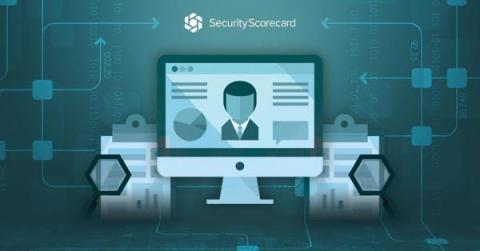How Hackers Exploit Passive and Active Attack Vectors
Learn about the methods cybercriminals use to exploit passive and active attack vectors so you can better protect your business or organization from cyberattacks. Cybercriminals will use any means they can to penetrate your corporate IT assets and exploit any vulnerabilities they find. Your ability to predict and prepare for these incidents could mean the difference between preventing a data breach and recovering from one.





